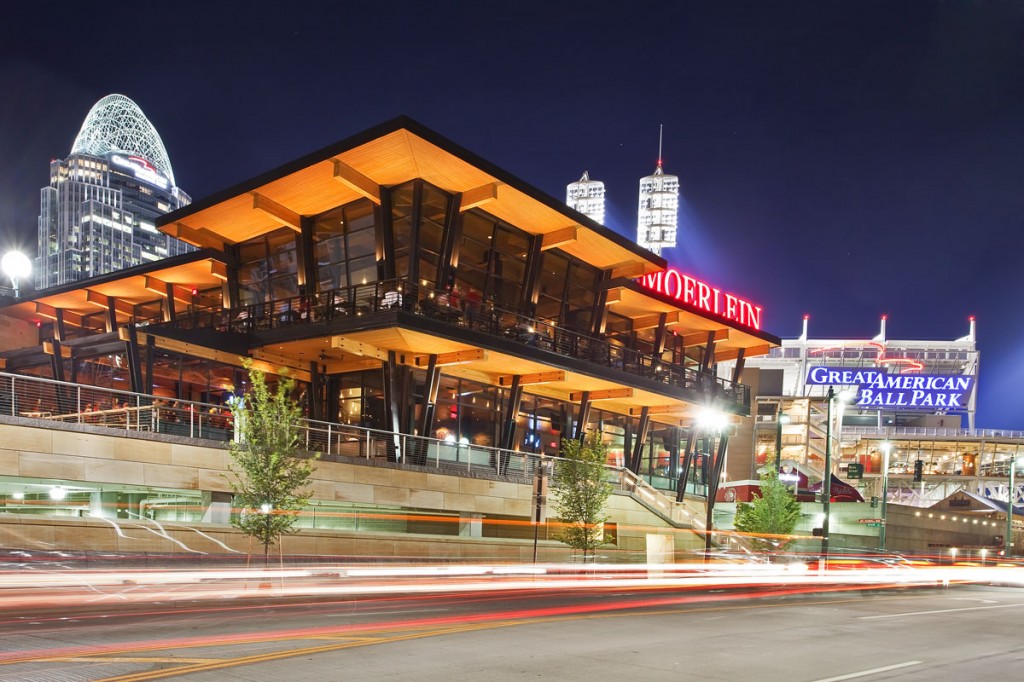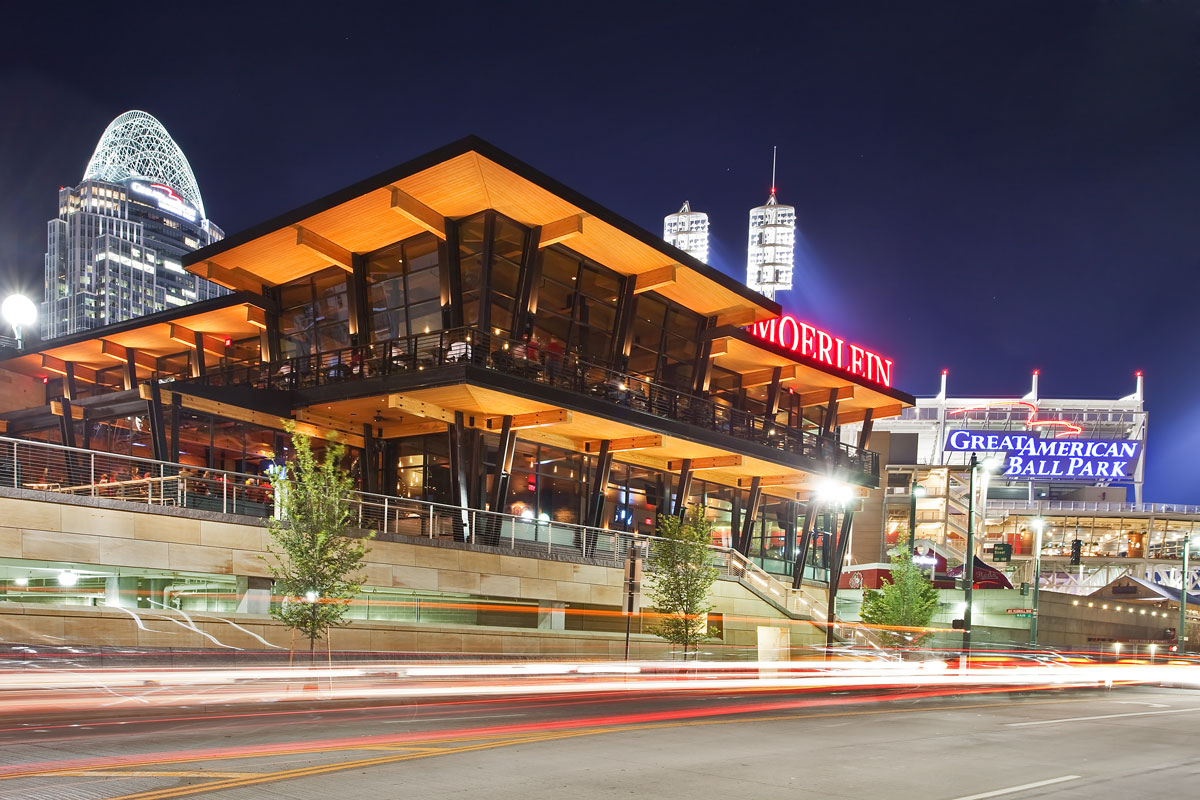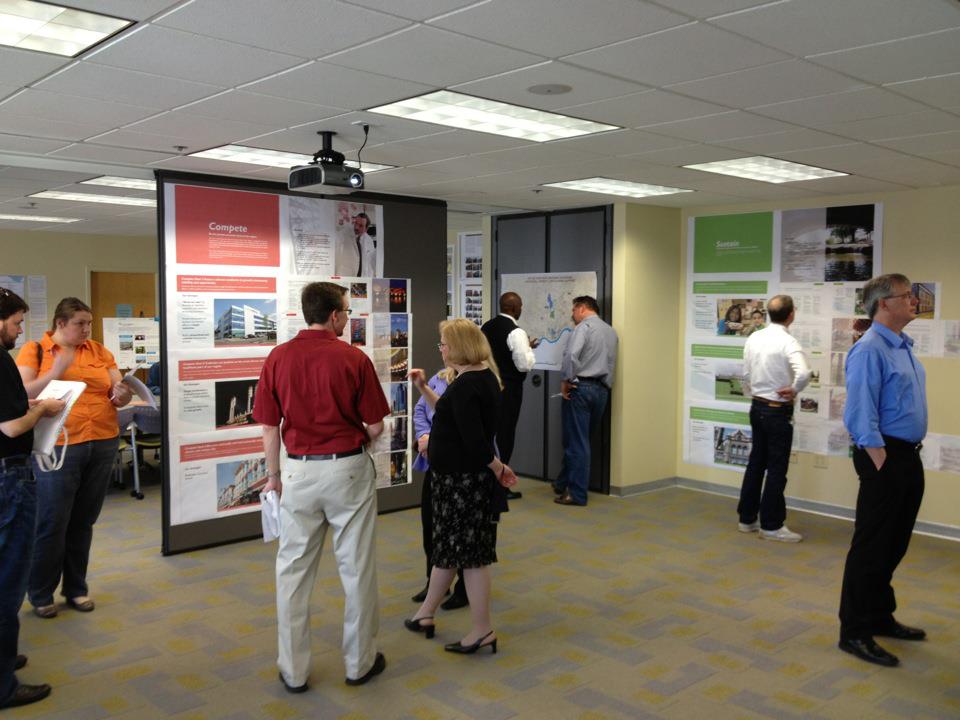On Tuesday, July 3, UrbanCincy will host the first of what will become a monthly networking event for urban professionals. The event, called URBANexchange, will take place from 5:30pm to 7:30pm on the first Tuesday of every month at the Moerlein Lager House.
URBANexchange is meant to not only engage active urban professionals, but also those who have a general interest in urbanism and want to exchange thoughts and ideas with others with similar passions. The event will be casual in nature and is meant to serve as a place to exchange ideas and build personal networks.

The Moerlein Lager House along Cincinnati’s central riverfront. Photograph by Cory Klein.
UrbanCincy has partnered with The Urbanists, who previously helped foster iRhine, to activate the region’s network of individuals interested in continuing the urban renaissance taking place in Cincinnati.
“In previous years the collection of engaged urbanists in Cincinnati has grown, but it has largely been focused in center city neighborhoods,” explained UrbanCincy owner, Randy Simes. “This event is meant to serve as a gathering place for urbanists throughout the region in an effort to grow that base of individuals advocating for better public policy.”
The inaugural event will take place at the Moerlein Lager House’s second-floor bar overlooking the new Smale Riverfront Park and historic Roebling Suspension Bridge. Thanks to Metro, those who sign-in will have a chance at winning four tickets to the World Choir Games’ Champions Concert on Saturday, July 14.
Future URBANexchange dates will be announced on UrbanCincy.com and through Facebook. URBANexchange is free and open to the public, and those attending are encouraged to use Metro bus service to get to the Moerlein Lager House and the World Choir Games should you be the lucky winner of the free tickets.



